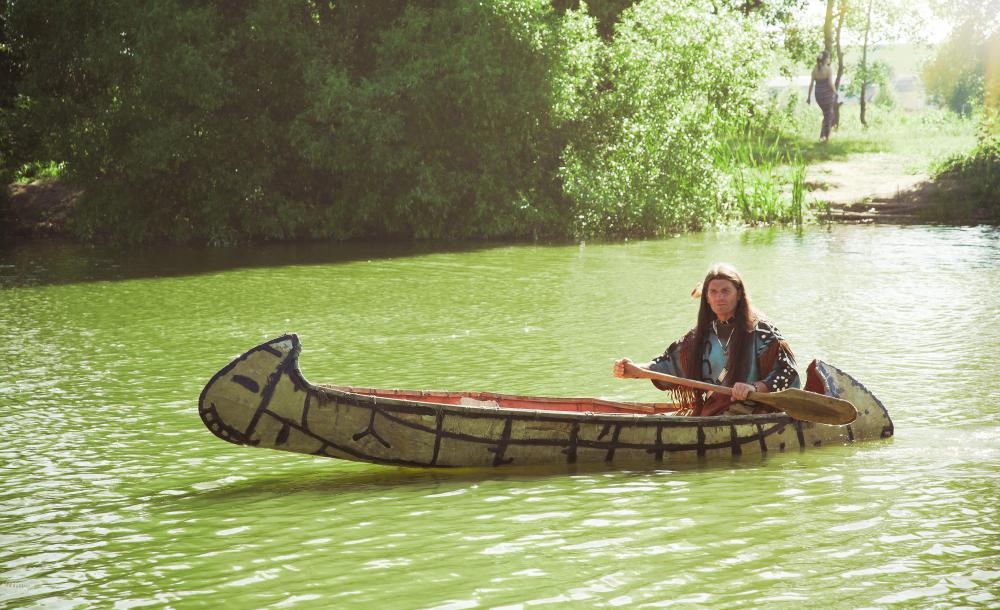At WiseGEEK, we're committed to delivering accurate, trustworthy information. Our expert-authored content is rigorously fact-checked and sourced from credible authorities. Discover how we uphold the highest standards in providing you with reliable knowledge.
What Is the Missouri River?
The longest watercourse in the United States, the Missouri river, passes through many states of the U.S. and part of Canada. It takes water from about one sixth of the U.S. and feeds into the Mississippi river. The Missouri is nicknamed the "Big Muddy" for its tendency to carry lots of silt from the natural floodplains around the river. The river played an important role in the exploration of the North American continent.
Where the Jefferson, Madison, and Gallatin rivers meet in Three Rocks, Montana, the Missouri river begins. For 2,341 miles (about 3,767 kilometers), the river runs in a southeast direction through North and South Dakota, Nebraska, Iowa, and Kansas. It enters Missouri state and ends when it joins up with the Mississippi river at the city of St. Louis.

Native Americans living close to the river called it Pekitanoui, which means muddy. When European explorers turned up, they renamed it after a local tribe whose name meant "people with wooden canoes," or Missouri. The "Big Muddy" was also a nickname. The river was a gateway into the American West for adventurers.
After the land around the Missouri was bought from the French in 1803 in a transaction known as the Louisiana Purchase, the then president Thomas Jefferson wanted to find a waterway that crossed from the Atlantic to the Pacific. Two men named Lewis and Clark led the expedition, and a Native American woman called Sacagawea was part of the team. Although they never found a way through to the Pacific, Lewis and Clark made important discoveries about the lands they passed through and about the Missouri river itself.

Much development and changes have been made to the river since the early white explorers first visited. According to the U.S. Geological Survey, the Missouri river used to flow in lots of little channels and had many islands and sandbars between these channels. The movement of the water lifted and deposited silt and earth from place to place, and so the appearance of the river changed regularly. The natural floodplains also allowed the river to expand and contract with changing weather conditions.

In the mid-1940s, U.S. government programs altered the river to make the channels larger for easy navigability. Another important man-made change to the Missouri river was that reservoirs were created to control flooding and to use for electricity generation. Six dams were built at various points in the river, and they created new lake habitats where before the river flowed freely. Only one third of the modern river habitat is the same as it was before the alterations.
The natural habitats of many of the creatures that lived in, on, or near the river were changed, and some species became endangered. At-risk species in the Missouri in the early 21st century include the piping plover, the interior least tern, and the pallid sturgeon. The lakes at the dams have been good habitats for sport fishing and good environments for fish to reproduce and birds to live. In 1986, the U.S. government began to restore Missouri river habitats for native species, and restoration efforts and research are ongoing.
AS FEATURED ON:
AS FEATURED ON:













Discuss this Article
Post your comments